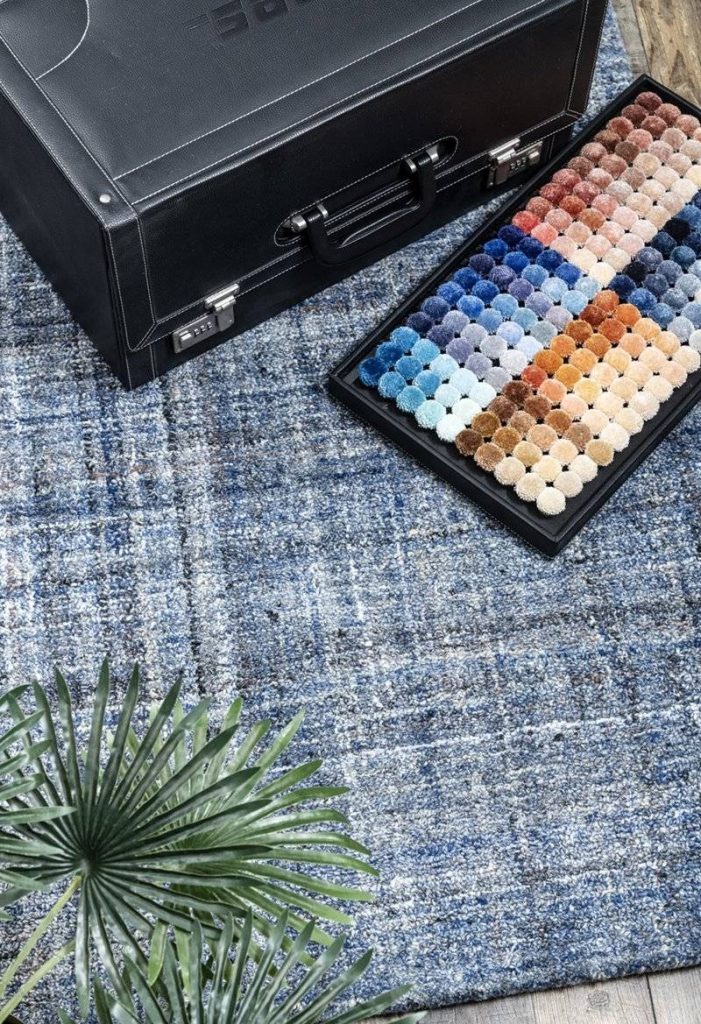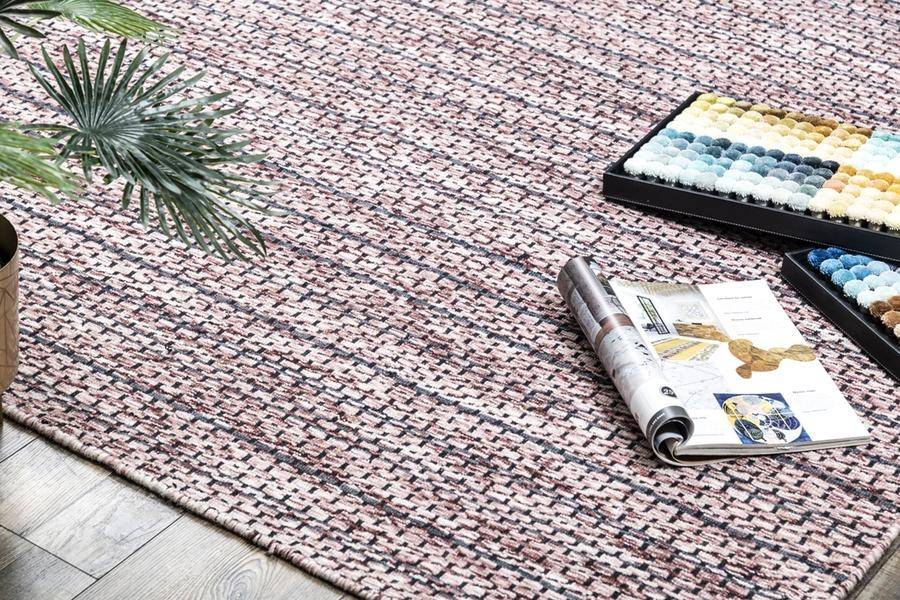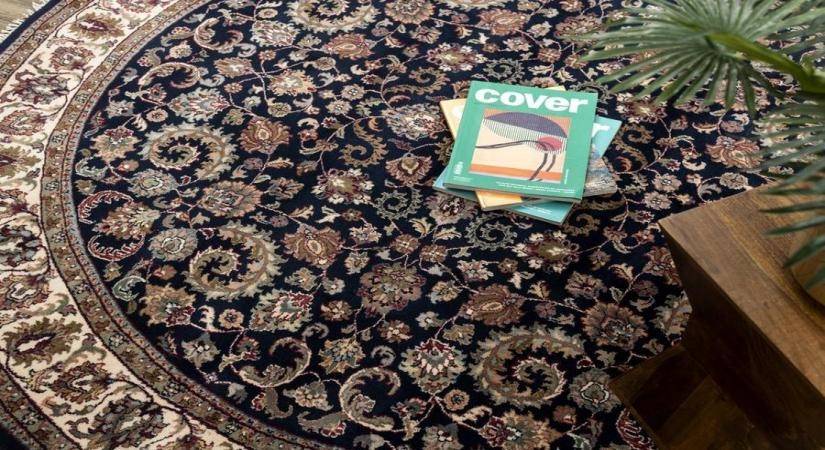The Persian floor coverings were hence re-made in Indian structures. These carpets spread to the whole subcontinent with each area having its own specialties…writes Puja Gupta.
Indians can’t avoid artistic perceptions in any of their creativity. India has been enormously honoured by having a rich legacy of craft skills assimilated through the rhythmic movement of historical events that rest upon cultural practices and strict convictions.
Changes and advancements have occurred from trade developments. The Indian carpets are a fruit of this rich heritage. They are known over the world for their dazzling plans, unpretentious class, appealing tones, and workmanship.

Historically, carpet weaving flourished under the Mughal reign. Mughals utilized the Persian method of carpet weaving, and at the same time were impacted by traditional designs and motifs from Persia.
“Mughal rugs were just about as dark as their miniatures and normally portrayed court life, creatures, and flower decorations. Mughal carpets were brilliantly hued and the hand-knotted silk carpets had 4,224 knots per square inch. The art grew and flourished here and it was modified as per the royal tastes and mixed with the Indian arts,” informs Vikas Gupta, CEO, Greyweave.com.
The Persian floor coverings were hence re-made in Indian structures. These carpets spread to the whole subcontinent with each area having its own specialties.
“The strength of handmade carpets lies in its distinctiveness, style, traditionalism, and encouraging innovations,” Gupta comments.
In contemporary India, important centers of carpet weaving in India include Mirzapur and Bhadohi in Uttar Pradesh, other than Agra and Varanasi which are rich places for woolen carpets and smooth textures. Srinagar in Kashmir, Jaipur in Rajasthan, and Warangal and Elluru in Andhra Pradesh are some of the well-known carpet-making urban communities, he highlights.
Speaking about the demand of different varieties of carpets, Gupta says, “Handmade Woolen Carpets, Tufted Woollen Carpets, Chain stitch Rugs, Pure Silk Carpets, Staple/Synthetic Carpets, Handmade Woolen Dhurries, have an immense market demand in the European and American market.”
India with a geological and social variety has assortments of carpets produced over the nation. Floor coverings from Jammu and Kashmir have an extraordinary interest in European business sectors.

The Indian Carpet Industry is energetic and has extensive potential for development. Presently, the government has taken dynamic measures to dispose of the existing deficiencies in the industry and at the same time produce great quality rugs.
The government has set up the Carpet Export Promotion Council of India (CEPC) to advance the fares of hand-knotted rugs and other floor covers. It gives vital help to the Indian exporters, recognizes the business sectors, gives monetary and advertising help, supports investment in fairs and presentations, and furthermore directs exposure abroad.
ALSO READ-Artistic Exploration Through Iranian Culture
READ MORE-Tricks to maintain carpets hassle free

Leave a Reply